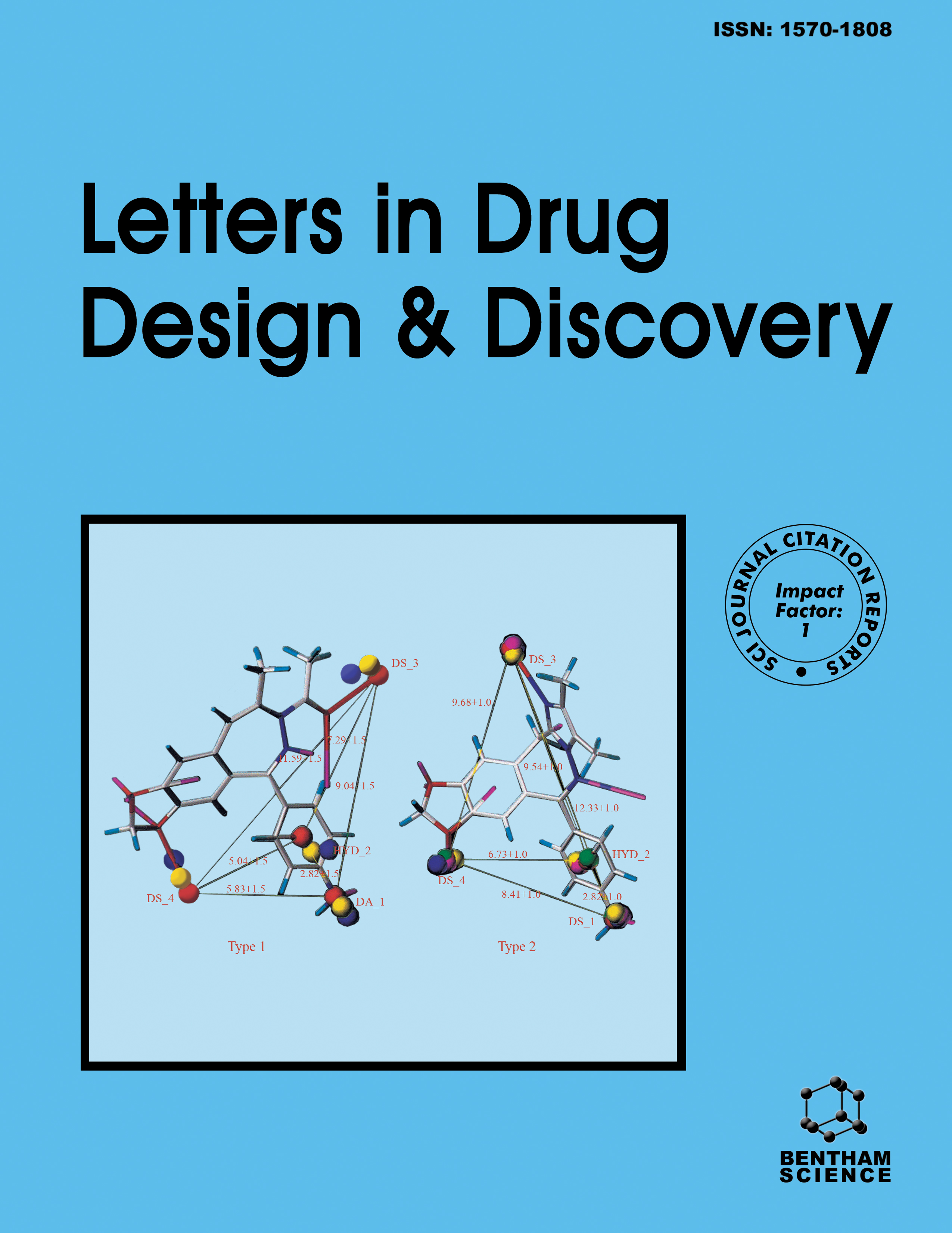
Full text loading...
We use cookies to track usage and preferences.I Understand
In recent decades, the mortality and morbidity of Gastrointestinal (GI) cancer have remarkably increased, especially in younger individuals. Recent studies revealed that neuronal connections play an active part in GI tumor initiation and progression. Also, studies showed neurotransmitters and neuropeptides drive the activation of various oncogenic pathways downstream of neural receptors within cancer cells, underscoring the importance of neural signaling pathways in GI tumor malignancy. These studies show that the humoral and nervous pathways can transfer signals of tumors to the brain. But, the exact mechanism of this regulation from the brain to the gut is still unknown. In this review, we summarized the mechanism of the neuronal pathway in the regulation of promotion or suppression of GI cancer and oncogene activation, and we summarize recent findings linking the nervous system to GI tumor progression and highlight the importance of targeting neural mechanisms in GI tumor therapy.

Article metrics loading...

Full text loading...
References


Data & Media loading...

